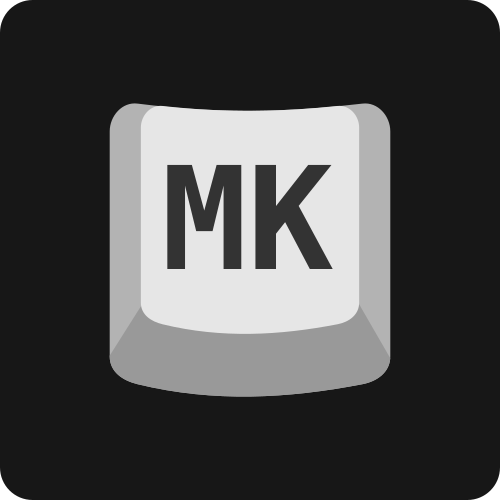

We have been here before. I don’t remember who made it but there’s a really good video on YouTube explaining why better help started another massive ad campaign on YouTube. Better help was involved with a fraudulent doctor finder website that was directing people to better help. That website got shutdown by the FTC just before better help increased YouTube funding so the hypothesis is they are trying to recoup that lost income because it was a significant revenue source.



Ubiquiti unifi: pretty preformant while being dead simple to set up. No licensing fees but upfront price is steep. If you really get into networking you will find their hardware and software stack limiting especially if you need speeds greater than 25 gigabit.
Mikrotik: single handedly the best value out there. Their OSes can be confusing at times and you may need some CLI skills to do everything but it’s a good learning platform.
Opensense: highly flexible where you can tailor your experience to exactly what you need. If you are the type of person who wants all of the bells and whistle along with fine granulated controls this is your option.
Openwrt: a good choice if you already own a supported device but I personally wouldn’t go out and buy hardware for openwrt when opnsense is a better option.
Cisco: there are two types of people who buy Cisco, those who are obtaining their CCNA and those who have their CCNA.
tp-link omada: directly marketed as a ubiquiti unifi competitor but cheaper. Being a new line of products it’s not really time tested. I’ve heard very polarizing opinions on them so your milage may vary.
meraki: Cisco’s other brand. Sometimes you can get their hardware for free because they make all of their money off of the licensing fees.